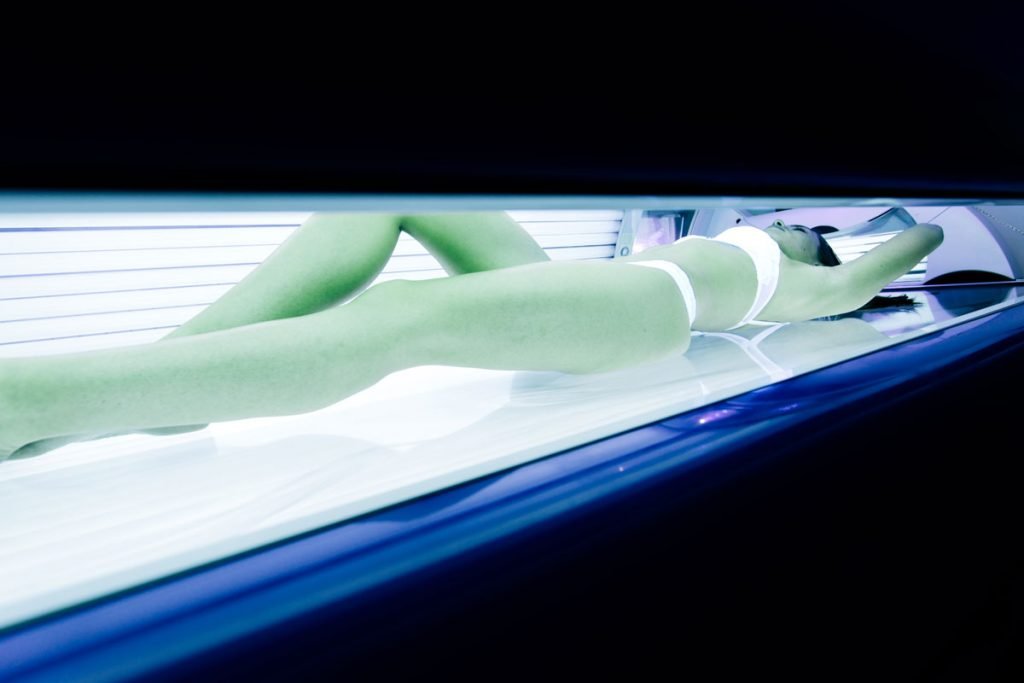
At first glance, residential tanning beds and commercial tanning beds might look relatively similar. In reality, they differ in multiple ways.
In this post we’ll highlight the differences between home and salon tanning beds, helping you make the right decision for this significant financial investment in your/your clients’ health and beauty :
● Durability
● Power
● Weight
● Accessibility
● Cost
● Bottom line
Durability
Commercial tanning beds are going to see a lot more useful than a home bed. While a home bed might get used a few times a week or even once a day, a commercial bed can get used several times a day and every day of the week.
To meet that challenge, commercial beds are often made with tougher materials, such as steel and thick acrylic. These materials can hold a lot of weight and will handle the added strain of tanners getting in and out of the bed several times a day.
This doesn’t mean residential beds are weak – they’re simply made for far less frequent use. Thinner acrylics and aluminum construction make home tanning beds lighter and easier to move.
Power
A residential tanning bed should be able to plug into typical house outlets. This means your home bed probably uses less power than something you might see in a tanning salon (saving you energy and money).
Tanning salons want to be able to bring in several customers a day. The faster they can get clients in and out the door, the more appointments they can schedule in a day.
Commercial beds are thus often designed to work more quickly. From higher voltage to more tanning bed lights to bronzing bulbs (which penetrate the skin more deeply than regular bulbs), commercial tanning beds are more powerful than home tanning beds.
Weight
Residential tanning beds are made to be easily moved around a home, and so don’t use the heavy-duty materials of many commercial beds, which can weigh as much as 500 pounds. A typical home tanning bed weighs half that much.
Again, the heavier materials often used in salon tanning beds make them more durable for high-frequency use. Since they rarely get moved, the heaviness doesn’t cause inconvenience.
Accessibility
Commercial tanning beds are used by a wide range of people who have different shapes, sizes, and physical capabilities. Salon beds must be accessible to anyone who wants to use them, so tend to be larger and easier to get in and out of.
Residential beds can be purchased to suit the person or family who will own it and doesn’t need to accommodate the same range of users.
Cost
From heavier materials and more lamps to high-tech features and fast results, commercial tanning beds are, understandably, more expensive than residential ones.
You’ll find a range of prices in both home and salon tanning beds, but in general, commercial tanning beds can cost double what you pay for a residential tanning bed. Expect to spend $1,600 to $3,000 on a home bed, and $2,700 to $7,000 on a salon bed.
Bottom Line
The major differences between commercial tanning beds and residential tanning beds come down to the fact that salon beds need to be profitable. Owners must guarantee a certain level of service, and home beds simply aren’t powerful or durable enough to cut it.
In fact, using a residential tanning bed in a commercial setting may void the warranty, which is intended to cover issues occurring with recommended use…
A commercial tanning bed, on the other hand, is up to the challenge, and might even include diagnostic technology.
Any tanning bed is a major investment, and you need it to be suited to your needs and tanning goals. Selecting the right bed will make for a more enjoyable and effective tanning experience for you or your customers.









